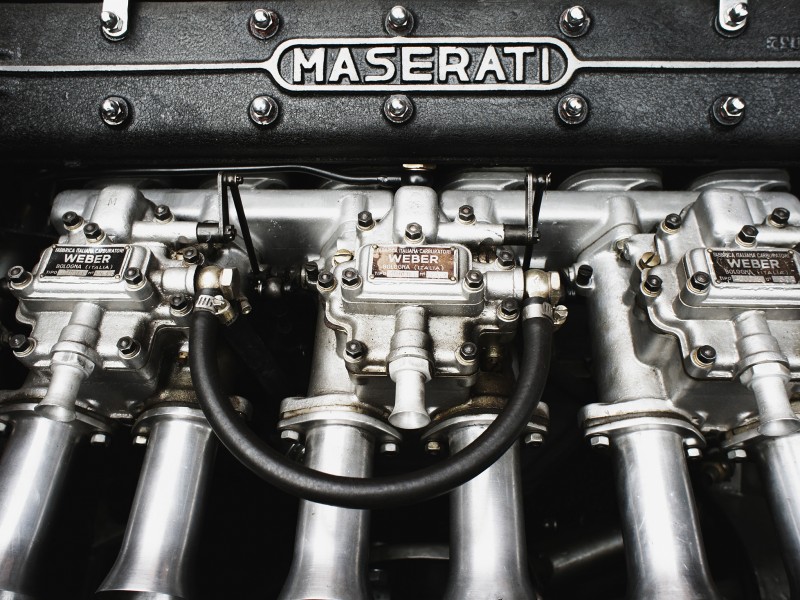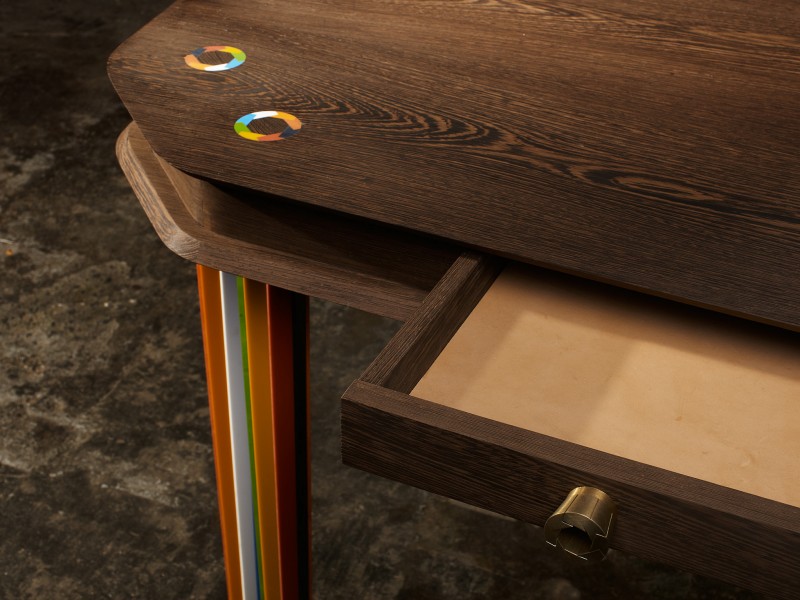In the early 1980s, The Antwerp Six caused an avalanche on London’s fashion scene, not dissimilar to the Japanese designers showing in Paris at the same time. Amongst the group were Ann Demeulemeester, Walter Van Beirendonck and Dries Van Noten. They collectively propelled the city of Antwerp to the forefront of the fashion world, with their mix of eclectic and anti establishment creations. Dries Van Noten has been a tour de force ever since, representing a beacon for independent fashion and proof that you can amalgamate idiosyncratic colours, materials and patterns with a wearable and accessible aesthetic.
Born and raised in the Belgian city of Antwerp, Van Noten was immersed in the world of fashion early on through his family’s interests. His grandfather, Juhielmus Van Noten, was a tailor, whilst his father established Nutson, a large upmarket boutique in Essen on the outskirts of Antwerp. “Obviously, when one grows up in such a universe it’s part of your life, whether you like it or not. Luckily, my feelings went towards the former,” says Van Noten. When his father opened a second store called Van Noten Couture, collections from Emanuel Ungaro, Salvatore Ferragamo and Ermenegildo Zegna provided further insight and exposure into European fashion. “Both generations taught me, either directly or indirectly, this sensibility for garment making, its traditions and rituals,” adds Van Noten.
Van Noten is one of few exceptions to Belgium’s dark and brooding fashion aesthetic. Although Van Noten’s collections do include black, moss green and dark inky blue, his signature is often ‘penned’ with joyous colour and vibrant prints often appearing as though applied with a paintbrush. According to Van Noten, what sets Belgian fashion apart, is the continual ability to personally and artistically experiment with historical and geographical references. “There was a big evolution in fashion when Belgian designers came onto the scene. I believe this remains as true today as ever,” says Van Noten. “What resonates most in my work is that I have always used elements from all over the world, yet in a personal or ‘local’ way.”
Art plays a vital role as a source of inspiration with Van Noten’s collections. Francis Bacon, for example, was the inspiration behind the womens Autumn/Winter 2009 collection. In the book Dries Van Noten published by Lannoo, Bacon’s work was said to provide a generous mix of “Disturbance, distortion and deformation—an uncompromising view of the human body and the visceral. The unlikely juxtaposition of true flesh and ‘off’ colours in clothing—extremes of emotion: tears and laughter, horror and joy.” Bacon’s paintings also informed the collection's colour palette; filled with pinks, oranges and browns appearing individually and coalescing. “The palette depends on the garment. I have an unconditional passion for fabrics and of course prints, most of which we create ourselves,” says Van Noten, who also takes his cue from the way a garment drapes, or in his words, “their genesis”. “These are all essential considerations in my creative process. They tell stories. And this will most often be the departure of a new collection,” he adds.
Van Noten is also drawn to figures outside of the art world and nominates an unexpected trio of talent who embody a sense of dissent, individuality and whom unite opposing principles. “Kurt Cobain had a look that has always been part of his rock star legend. He knew how to create a world that’s both unique and personal and that’s still current today.”
Marcello Mastroianni, the Italian actor featured in films such as La Dolce Vita, “was carefree, yet had an utterly simplistic elegance,” says Van Noten noting his ability to combine his ‘Latin lover’ side with an imperfect physique. Rounding out his top three is the Duke of Windsor. “He had his particular way of assembling the improbable to give a perfect elegance, with such a British result.”
These improbable combinations are often seen in Van Noten’s collections. His Spring/Summer 2014 mens collection, for example, included patterned Nehru collared shirts worn under floral jackets with wide lapels—a homage to rock legend Jimmy Hendrix who wore a similar combination in the late 1960s. The Power Flower collection, showcased in a recent self-titled exhibition at the Decorative Arts Museum in Paris, also combined neo-orientalism with the glamour of the Renaissance. Van Noten also shows an interest in the relationship between the design and materials as demonstrated by the use of flock velour, rich damask juxtaposed against the use of the ‘wrong’ side of the fabric in various pieces.
Although Van Noten pushes the fashion boundaries, he is acutely aware of the commercial realities of fashion. “The main basis for creating a collection is to design garments that anyone can have as part of their wardrobe, to mix up pieces and make them part of their own style,” says Van Noten, who feels there’s nothing more satisfying than seeing someone walking down the street wearing something he designed. “Often they’ll wear one of my garments in a way that I wouldn’t have imagined it being worn,” he notes.
Van Noten doesn’t stray far from his self-ascribed Belgian ethos, choosing instead to break rank from the fashion status quo whilst deriving inspiration from outside of the fashion landscape. From observing and digesting different cultures to engaging with a collection of other artistic disciplines, the ability to appropriate elements from a variety of sources has only proven to elevate his status. “I will continue to draw inspiration from other cultures and history, their rites and traditions, but incorporate them in a contemporary way,” concludes Van Noten.
Related Features
-
66
-
-
-

